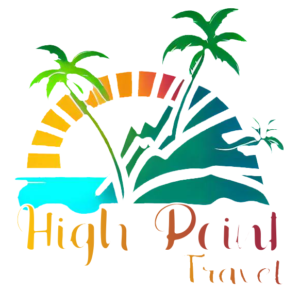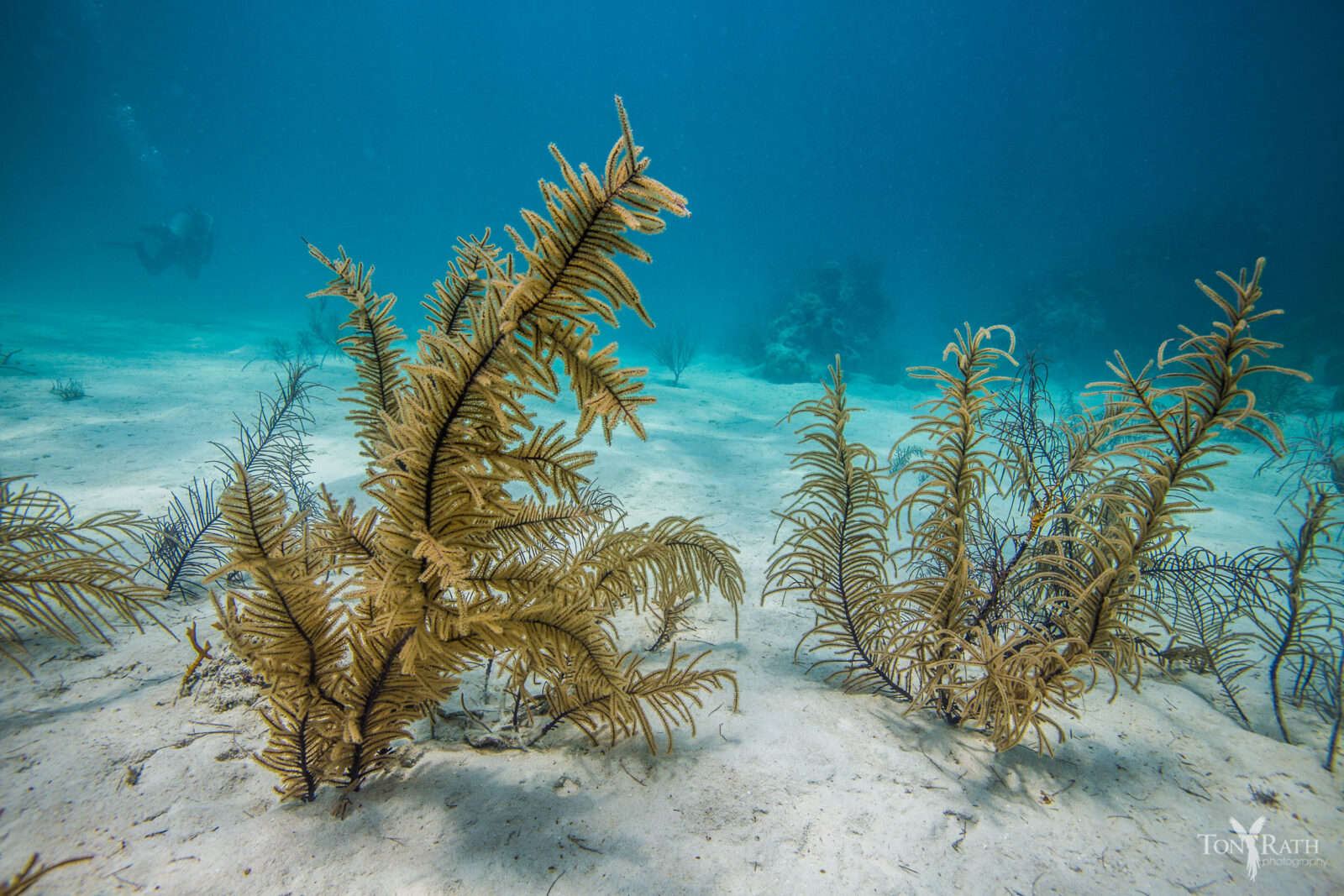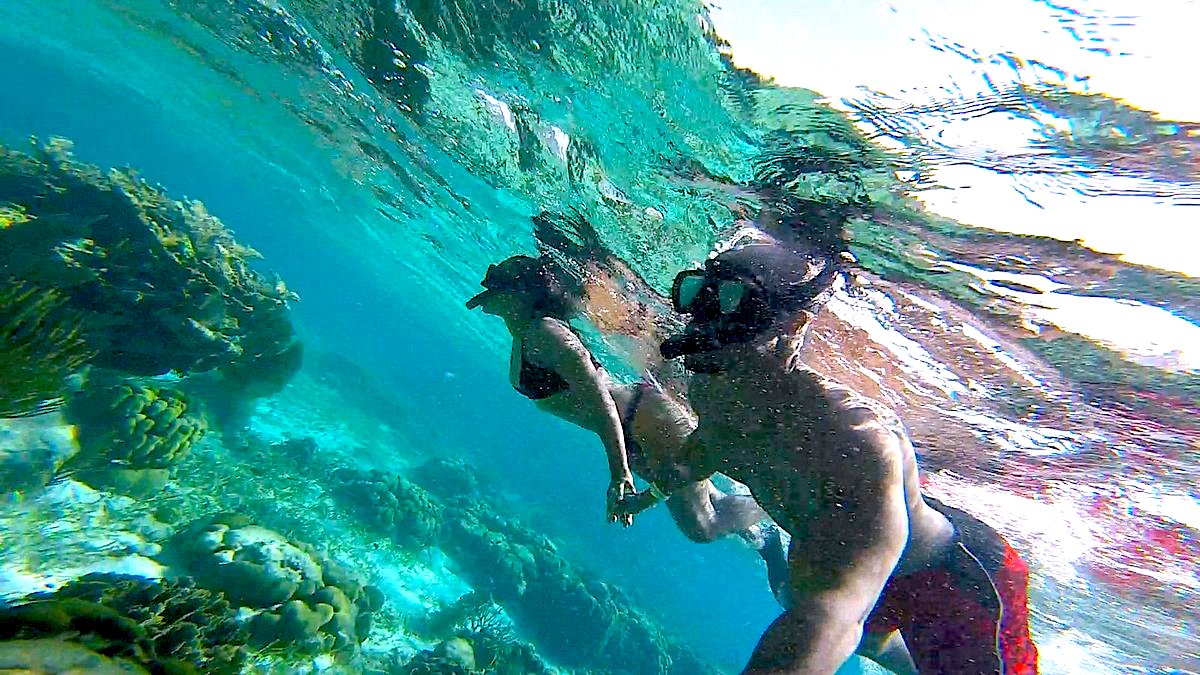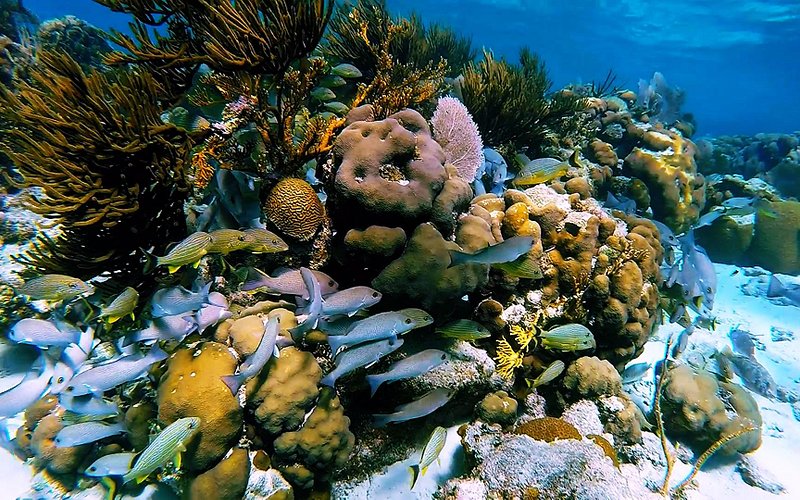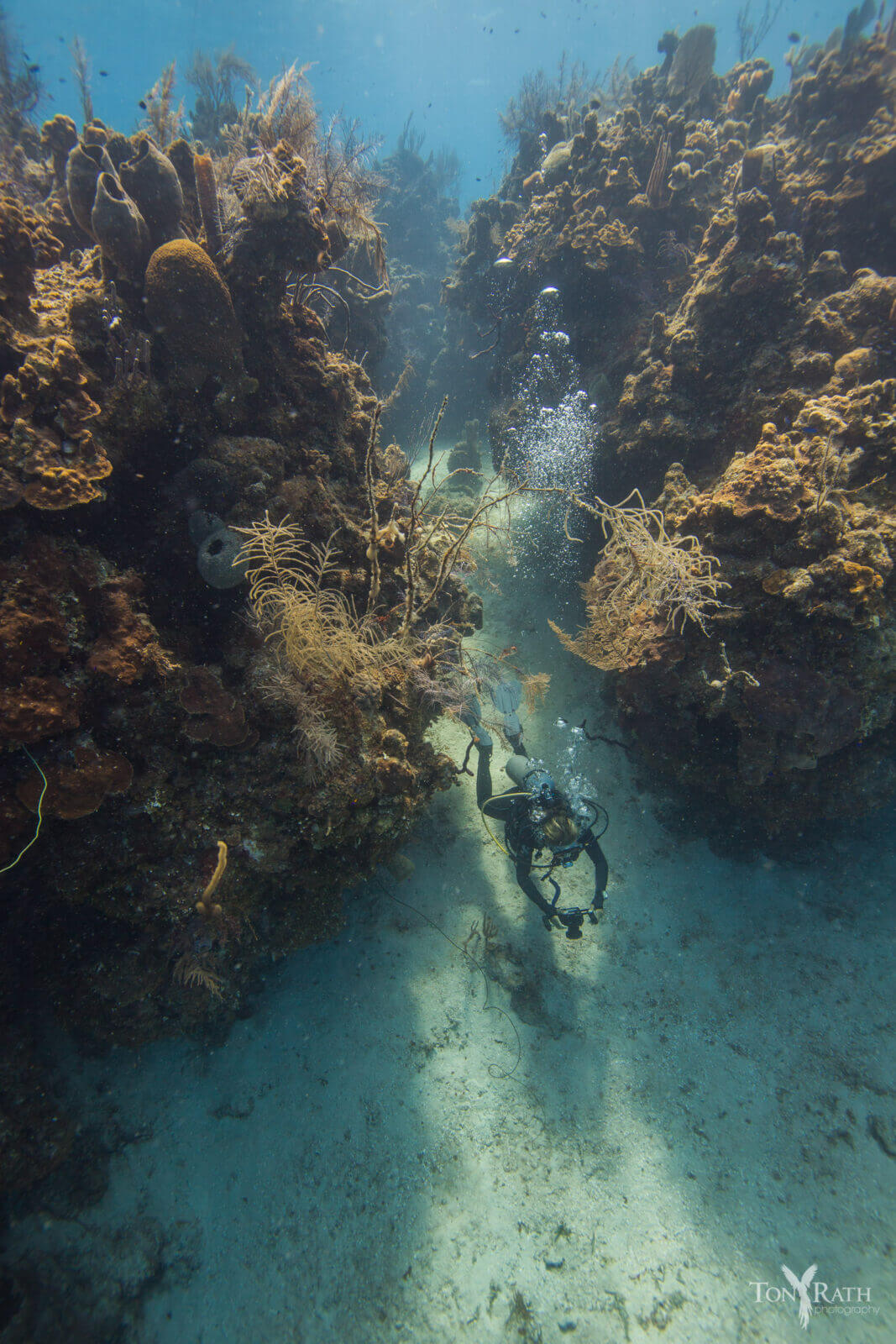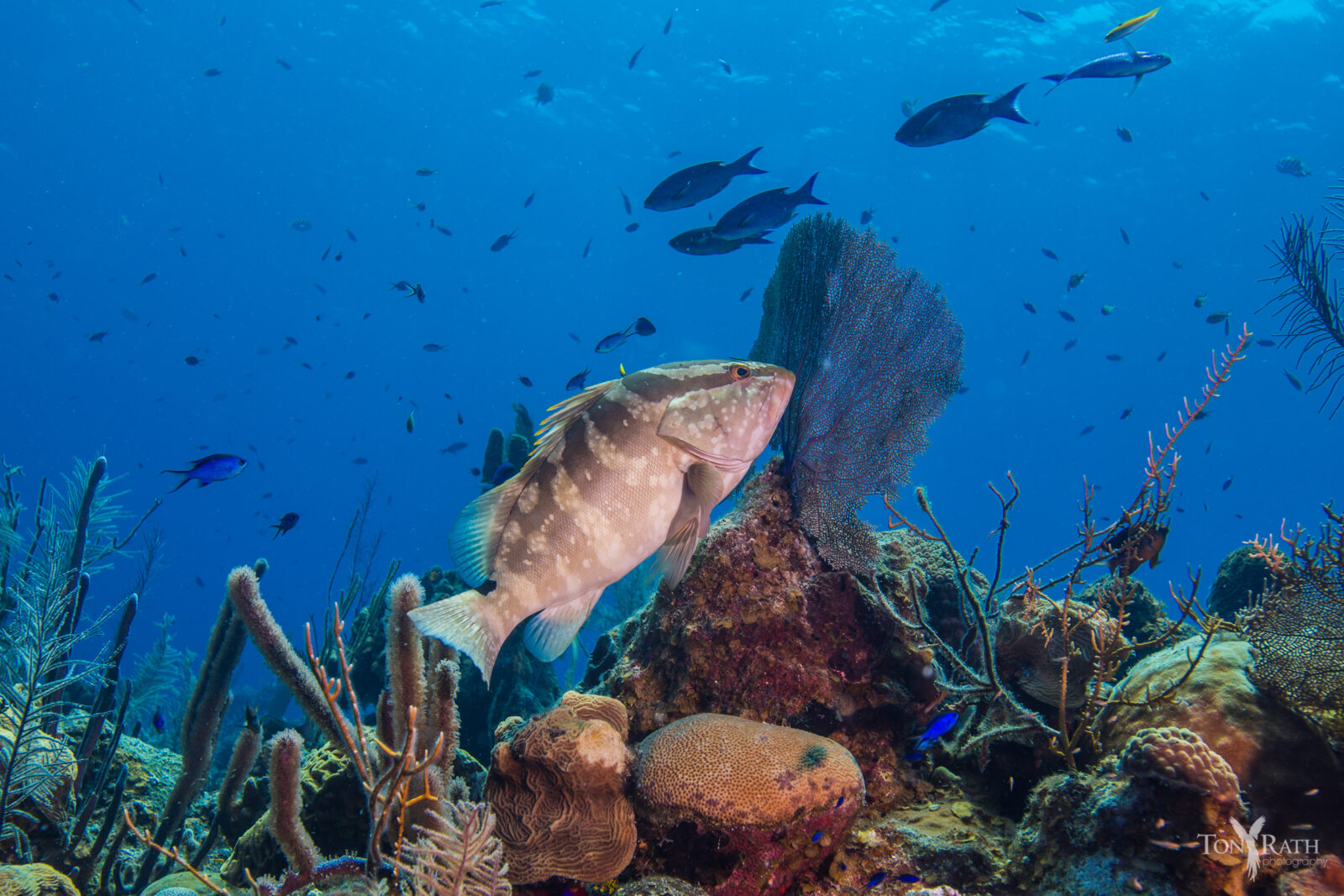Belize Barrier Reef
The Belize Barrier Reef begins at the northern end of the country off Ambergris Caye and continues some 150 miles south, ending with a series of small sandy islands off the southern coast of Belize. This immense span of living reef encompasses every kind of coral and reef known to nature.
SCUBA DIVING
SNORKEL
DIVE & SNORKEL DESTINATIONS
Ambergris Caye
Ambergris Caye & Caye Caulkers share the same close proximity to the reef and
the travel time to reach popular dive and snorkel locations are similar.
Local Reef Dives – The Belize Barrier Reef is a superb coastal reef system with dozens of dive sites and some of the best diving is just 10 to 30 minutes from dockside. After a short boat ride, you will experience an underwater world populated by a rich diversity of species including groupers, snappers, four varieties of angel fish, many varieties of parrot fish, eels, barracudas, turtles, stingrays, lobsters, a great number of corals and sponges, and more. Boats normally leave at 9:00 AM and 2-tank dives are completed by 1 PM; Boats leave again in the afternoon at 2:00 PM.
SNORKEL
The Hol Chan Marine Reserve and Shark Ray Alley are the most popular diving/snorkeling sites in all of Belize. This is due to the close proximity of San Pedro, and the diversity of marine life encountered throughout the 4 zones of the park, along with the excitement of swimming with large numbers of nurse sharks and sting rays.
The Hol Chan Cut is situated 15 minutes south of San Pedro and about 30 minutes north of Caye Caulker. Trips from San Pedro last about half day, while excursions from Caye Caulker normally last a full day, including a visit to San Pedro.
North Ambergris Caye Snorkeling – The Barrier Reef begins here, which is to say the reef touches the shoreline, which means there is great snorkeling right from the beach …. Snorkel the shallow waters of Mexico Rocks and Tres Locos and see a wide range of coral formations, including flower, elk-horn and giant brain coral. This area is protected from ocean currents and swells, which makes for easy snorkeling. Depth is around 6 to 12 feet, so you can see everything up close.
Caye Caulker Snorkeling – Less than 10 minutes from shore, Caye Caulker Marine Reserve is a prime location to snorkel and dive. See nurse sharks and feed an eagle ray at Shark Ray Village where southern stingrays pass inches below a snorkelers feet in shallow water. Slightly deeper at 15-20 feet is Coral Gardens, where bolder-like coral clusters protect tiny marine life.
Manatee Watch & Snorkel – First stop is Swallow Caye, home to the Manatees; bring your camera and take close up pictures of the Manatees. Next stop is Goffs Caye, an Island which sits right on top of the reef. You can snorkel along the reef here and after snorkeling your guide prepares a BBQ lunch. Next stop is the Aquarium, a snorkel site on the south point of Caye Caulker, where you can snorkel with playful nurse sharks, sting rays and view sea horses. Excursions from Ambergris Caye include a stop at Caye Caulker.
SNUBA and Hookah Diving – If you’re looking for an underwater experience and you’re not a certified diver, then SNUBA is a good choice. SNUBA diving is a safe and easy way to experience scuba diving with the simplicity of snorkeling. You can SNUBA down to 20 feet with no prior experience; or try Hookah Diving, right off the dock for your first diving experience.
Night Dive or Sunset Snorkel – Hol Chan is a totally different world during the evening hours. It is great fun and you see a different underwater world during this time, as many creatures that are not visible during the day come out of their hiding places.
Placencia
The Placencia area is rapidly becoming a popular regional diving spot. Here dive sites have been left in a more pristine state because they have felt less impact from boats and divers.
The Reef separates further from the coast the more it progresses southward, resulting in substantial patches of coral, separated by channels dropping to 80 feet or more, forming canyon-like walls, which rise sharply to form coral shoals and Caye’s. This provides shallow sites for snorkelers, while allowing divers’ access to deeper waters nearby.
Diving the Inner Reef – The Inner Reef acts as a home for juvenile aquatic animals. Here divers will find most of the Gorgonians, (known in the Caribbean as sea fans), sea rods, seawips, sea plumes, cleaner shrimp, yellow-line Arrow Crab, Giant Hermit Crab and a wide variety of juvenile fish such as spotted drum, barracuda, eagle rays and stingray. The depth range on these inner reef dives is between 60 and 80 feet.
Diving the Outer Reef Diving the Outer Reef – The Barrier Reef is home to some of the most spectacular walls starting at a depth of around 35 ft and dropping off to nearly 3000 ft. Here the maximum depth for diving is 100 ft. Turtles, Manta Rays, Moray, Eels and Lobsters are just a few of the creatures divers will encounter. Reef visibility is around 80 ft. – 120 ft. Silk,Pompion, Tarpon and Ranguana Cayes are a few of the nearly 40 options available for diving.
Whale Sharks Gladden Spit is where Whale Sharks can be found between late March and June. Whale Sharks are the largest known fish in the world and can grow up to 50 feet in length and weigh up to 15 tons. If you are planning a dive trip with whale sharks in mind, plan on doing it three days before the full moon to three days after the last quarter moon. During this period Cubera Snappers and other fish are spawning, which attracts the Whale Sharks. Diving is done in mid-water, at a depth no deeper than 60 feet. Snorkeling is done on the surface in open water and snorkelers have an excellent chance of seeing the whale sharks up close when they come up to the surface to feed.
SNORKEL
Scores of islands off the Placencia coast make for great snorkeling. Laughing Bird Caye is the best known and most frequented snorkel destination in the area. Swim with many varieties of tropical fish, including Angelfish, Trumpet Fish, rays and beautiful Parrot fish. Just 35 feet wide by 350 feet long, this Caye and surrounding area have been designated a marine park.
Hopkins
The Hopkins area provides relatively easy access to thousands of acres of coral reef. The Blue Hole and Turneffe Atoll are within easy reach; nearby are Glover’s Reef Atoll and South Water Caye Marine Reserve. Gladden Spit lies to the south and is the place to view migrating whale sharks (March-June).
Southern Barrier Reef – This 2 tank dive, explores areas just north of Tobacco Caye to a cut five miles south of South Water Caye, called Grand Channel. The 10-mile trip to the first dive site on the Barrier Reef takes about 30-40 minutes. This section of reef is typically a wall dive that is interspersed with sand channels and spur and groove sections and you will often see turtles, moray eels, barracuda, king mackerel, eagle rays and southern stingrays.
Glover’s Reef Atoll – This is an opportunity to dive one of Belize’s most pristine and diverse sites. Located 30 miles offshore, Glover’s Reef is about 15 miles long and 5 miles wide and is one of Belize’s most isolated destinations. Rising out of the blue from a depth of well over 2,000 feet, this well-defined oval shaped coral formation, surrounds more than 700 patch reefs inside a 100 square mile shallow lagoon, which also provide great snorkeling opportunities.
Drift wall diving from 40-100 ft offers divers the chance to see rays, turtles and wrasse swimming among stunning coral structures. Of the three atolls Glover’s Reef sees the least amount of human activity and was designated a National Marine Reserve and a World Heritage Site by UNESCO.
Gladden Spit – Located 60 minutes offshore from Hopkins, this is where you’ll be able to swim alongside the largest fish in the sea – whale sharks! This tour is done during the week of the full moon during March- June. During the full moons whale sharks come to feast on the spawn of cubera, mutton and dog snappers. Diving is done in mid water at a depth no deeper than 60 feet. Snorkeling is done on the surface in open water and snorkelers have an excellent chance of seeing the whale sharks as they come to the surface to feed.
SNORKEL
The Southern Reef offers snorkeling sites for both beginners and experienced snorkelers. Start with a cruise up the Sittee River spotting for crocodiles, turtles, iguanas, manatee, and tropical birds. Then it’s out to sea to experience the underwater world along the barrier reef. -. Your guide will swim along with you and point out the many sea creatures that inhabit the reef system, including lobsters, eels, nurse sharks and several varieties of rays.
South Water Caye – A favorite place to snorkel is South Water Caye Marine Reserve, located about 30-40 minutes from Hopkins. With visibility ranging from 60 to 100 feet, snorkelers often have close encounters with eagle rays, sea turtles, and a variety of colorful coral reef fish.
Island & Atolls
Belize City
Reserving with us...
We have made booking your Scuba Diving or Snorkelling trips experience incredibly easy. You have three convenient options to choose from:
- Book Online: Simply click the “Book Online” button to instantly reserve your desired tours and transfers. This option is perfect for those who have already decided on their activities and want to secure their bookings right away.
- Inquire: If you have any questions or require more information before making a decision, you can use the “Inquire” button to email us directly. We’re here to assist you and provide any additional details you need.
- Vacation Package: Looking for a customized Belize vacation package? Click the “Vacation Package” button to get started. We’ll help you create a personalized itinerary tailored to your preferences. Whether it’s accommodations, tours, or transfers, we’ll ensure your package is designed to make your vacation memorable.
Visit and enjoy your scuba diving or snorkeling trip with High Point Travel as part of a
Jungle & Reef Holiday Vacation Package to Belize.
